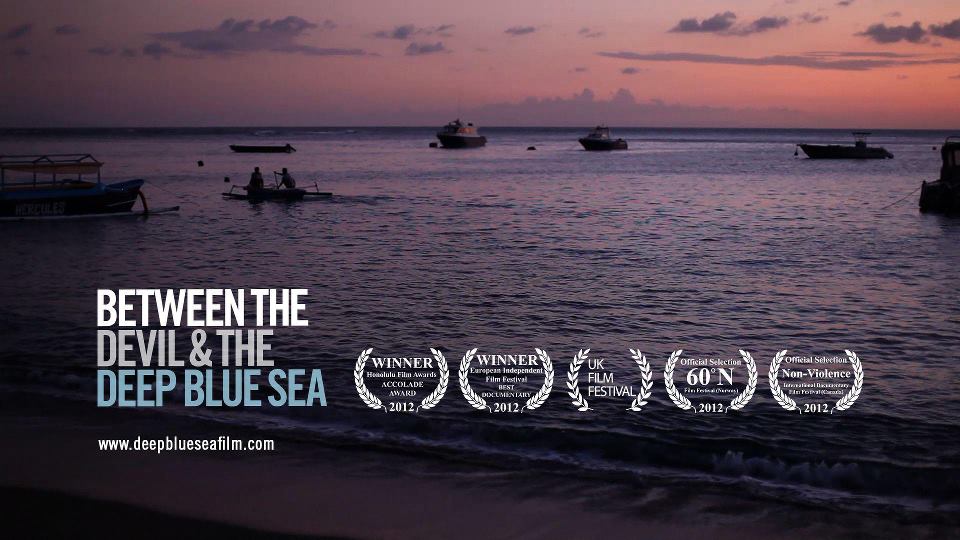Between the Devil and the Deep Blue Sea finishes where it begins.
It begins with scenes of filmmaker Jessie Taylor visiting a Melbourne family home, where the family shares an Afghan meal, the table loaded down with flatbreads, dips and more. The beginning images of the family in a bustling market in Melbourne, where the 11 year old daughter has to do the English negotiations about pineapples and socks, then take on an edge against the later visions of refugee homes, where sewage pools into the corner of a room, and black bugs dance through the drinking water.

Jessie explains, as we flashback to the footage of her fact-finding trip from two years ago, “Everyone has opinions … But the opinions and the stories you don’t hear are from the people, the boat people themselves … We wanted to find out what it takes to turn someone into a boat person.”
So, with that mission in mind, she and interpreter Ali Reza Sadiqi travel to Indonesia to meet with people in detention centres, or in asylum seeker housing. The film puts a human face on people who are desperate to have their stories told. With this in mind, churches around Australia have had screenings to highlight the issue.
Two themes quickly emerge: waiting for bureaucracy and loss of life. Many of the refugees that we meet have been waiting, some in a literal prison, some in a social prison. The queue for refugee status begins at the UNHCR office in Jakarta, where demand is such that applicants must sleep in a queue overnight. In the morning, 20 or 30 registrations are taken.
This is done every month.
Even those who have been granted refugee status, after waiting for months, must then wait even longer for word on resettlement. Meanwhile, they, and sometimes their children, have nothing to do, and agencies offer monetary incentives to return home. We later learn that refugees in Indonesia were being resettled in Australia at the rate of 35 to 50 people a year.
Most do not. But some do, to find the same violence and discrimination they escaped from. Time and again the interviewees describe how they have lost some, or all of their family.
At times, the broken English of the refugees does nothing to blunt the force of their lament: “I not seen the happiness of my life. Just everything running, fighting, killing.” A sign accompanying a detention centre hunger strike reads, “We are continuing until free or die.”
As a documentary, Between the Devil and the Deep Blue Sea isn’t perfect nor balanced but it’s not trying to be. However, some effort to interview decision-makers within the UNHCR or Australian Government could have helped with understanding the viewpoint of those within the institutions.
But it does provide a close and unflinching perspective of a potential boat person. One describes how he very well knows the risk he is taking, but he has no other option: “When people get in the boat, we know, we know that 90 per cent we will lose our life.”
Between the Devil and the Deep Blue Sea finishes where it begins: Jessie playing with the children of the family, one of the few refugees to have successfully resettled. But we are quickly reminded of other outcomes for boat people, with a closing slideshow that shows the refugees we’ve met, and those known to have gone missing, or to have died.
Between the Devil and the Deep Blue Sea is available on DVD or pay-what-you-want download at http://deepblueseafilm.com/ Info about church screenings available on their Facebook page.
Email This Story
Why not send this to a friend?



